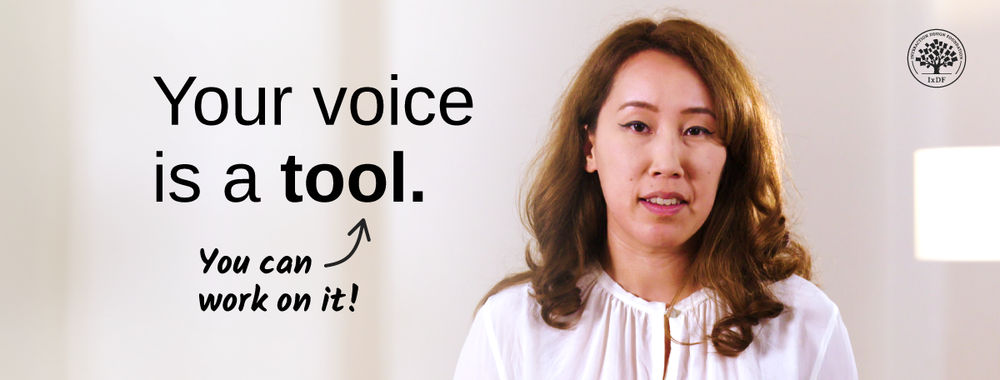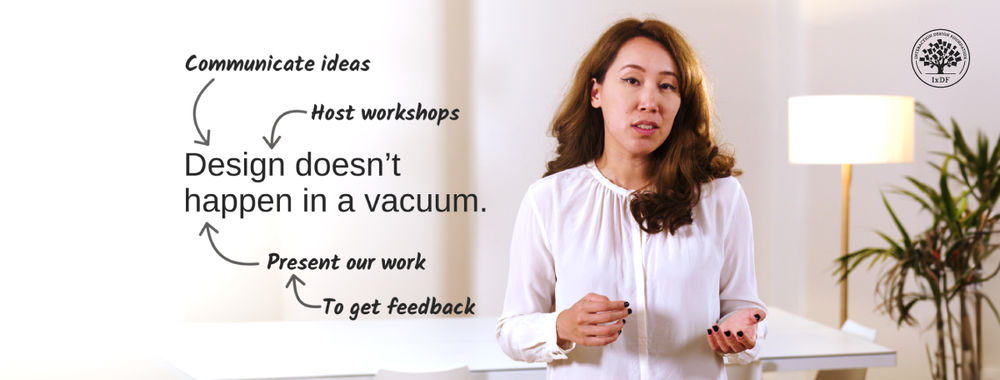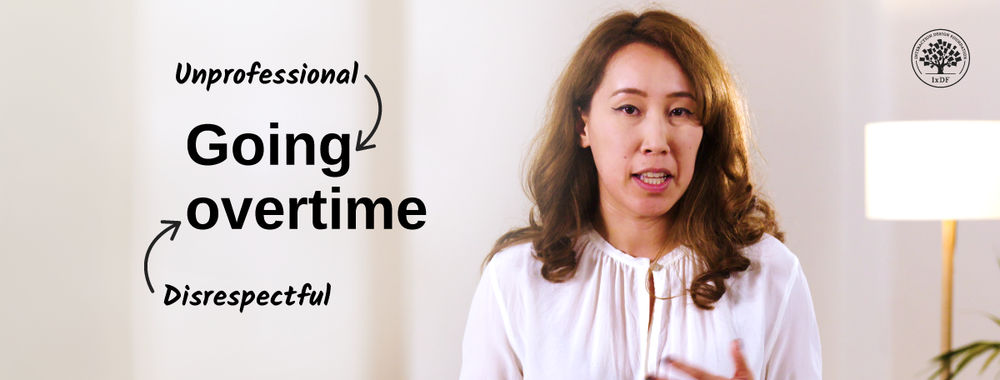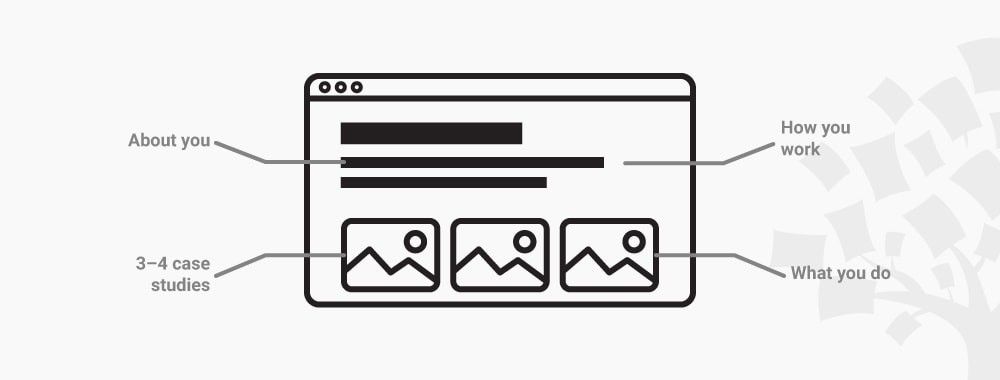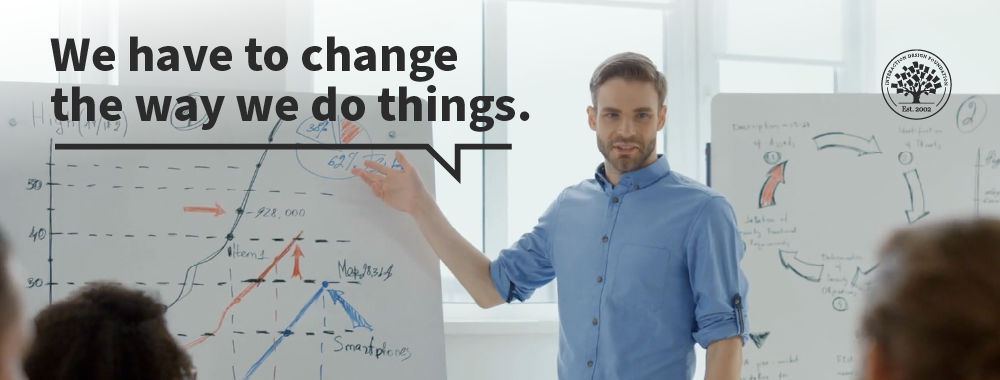Lean UX can be a tricky beast to get to grips with at first. For those used to working in more traditional UX environments it can be very challenging to move to an environment where the focus is on making decisions rather than producing deliverables.
That means there’s a change in the way that the UX design team works. The idea is simply to channel your energy into delivering an end product with a great user experience and less energy on large scale test plans, presenting detailed research and getting the look and feel of your reporting perfect.
You have far less time when using Lean UX to capture data at any stage of development. That means looking for ways to bring in data that enables quick decision making at any point in the process. The development team needs your input to be able to decide what to build, which fixes are necessary and when, and what to kill off if it’s interfering with the user experience.
So how do we go about developing UX research that focuses on decision making? Here are 5 ideas that might get you started:
Schedule Regular User Testing
Pick a sensible time in your monthly calendar and book a number of users for that time each month. You’re going to vary the testing depending on the specific project needs at that point in time but having your users lined up and ready to go makes things much easier.
These tests may focus on the UI, or conceptual testing, or content, or playing with wireframes and prototypes. It doesn’t really matter. In Agile environments you don’t have much time between bursts to schedule participants and then get moving – so don’t, book the users ahead of time and then focus on developing the user’s understanding of what’s needed as soon as you’re ready to start testing.
The number of users you book for these sessions is up to you. What is generally the most meaningful number to use? Use that number.
Regular feedback from users during Lean UX research is, perhaps, the most valuable output of them all.

Author/Copyright holder: Samuel Mann. Copyright terms and licence: CC BY 2.0
Share Data Early
Lean UX requires a bit more trust in the UX team than other UX approaches. Because the focus is on making decisions, it means that as soon as meaningful data is created – it needs to be shared with the relevant stakeholders.
Beautiful, long form, fully comprehensive reports simply take too much time to generate. So don’t do them. Shine a spotlight on the issue and send out simple headline reports – if stakeholders want to dig deeper, they need to be aware it may take time to answer their questions, but rough and ready data is better than no data at all when you’re making a decision.
The more you do this and the more your observations are perceived as useful, the less likely you are to have to spend hours writing long form reports at all.
Take Pruning Shears to the Test Plan
We’ve all worked in companies with huge formal documentation requirements. From the indentations on pages to the change control process at the start of every document. The trouble with all of this is that it interferes with delivering just the information everyone needs to understand your plan.
It may take some cunning negotiation on your part but you want to try and skip all the unnecessary junk. Your plans should be bare bones outlines that convey all the data that everybody needs to know and absolutely nothing else.
Big documents may make a corporate documentation manager happy but in practice – people struggle to engage with them. You can always go back and make the formal version for the archives later if you can’t get out of the requirement completely.

Author/Copyright holder: Scrum Alliance. Copyright terms and licence: All rights reserved Img source
Let Developers Observer Usability Tests
There’s no time to argue over points when you’re working in an Agile environment, either the developers are on-board with your observations or they’re going to be ignored. The process won’t stop without becoming deeply inefficient.
We all know that usability tests can generate a ton of useful insight. However, the trouble is that if it’s just the UX team sitting in on these tests – they then have to explain the results and problems second hand to the development team.
It’s much easier, and faster, to bring a developer in and let them see the issues as they unfold during a usability test. In our experience when a developer recognizes a problem, they want to spring into action and fix it. This saves us explaining the issue and leads to much faster decision making. Which is what we’re looking for when we employ Lean UX.

Author/Copyright holder: Luca Mascaro. Copyright terms and licence: CC BY-SA 2.0
Pre-Build Reports and Fill Them In as You Go
Template reports can save you a ton of time. Develop your test reports before you start testing then just fill them as you go through the testing. This also has another benefit – it helps you test your expected outputs ahead of time, if you generate a report and think; “How exactly does this method lead to this data?” – you can fix the test before it’s conducted too.
It also means that when testing is complete, the report should be pretty much complete too. That’s a great way to ensure that stakeholders have enough time to digest the content and offer their own input into the decision making process.
Summary
Author/Copyright holder: Zen Ex Machina. Copyright terms and licence: All rights reserved Img source
Agile development is here to stay and that means that Lean UX opportunities are going to keep opening up. Integrating Lean UX into Agile environments is all about learning to focus on making decisions. It doesn’t mean you can just stop doing everything you currently do and it may mean that sometimes “the formal stuff” is created after a decision has been made. That’s not the end of the world, you can still use that formal approach to help you learn lessons in the future and use it to inform the way you approach Lean UX in your business.
Header Image: Author/Copyright holder: UXcellence Copyright terms and licence: All rights reserved. Img Source





